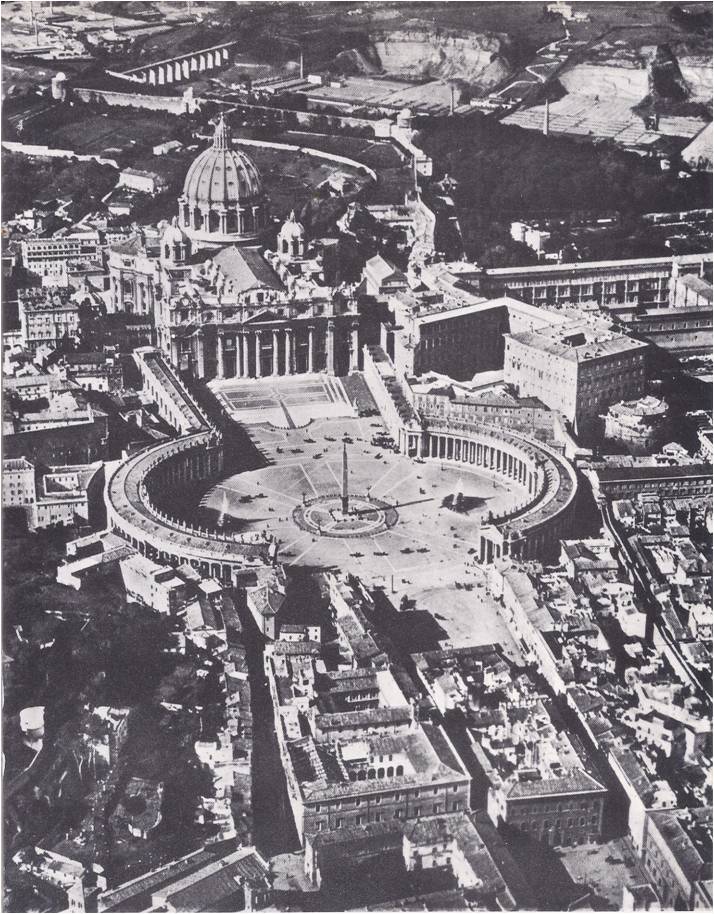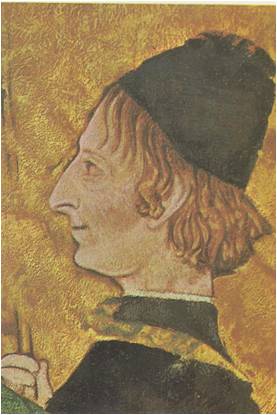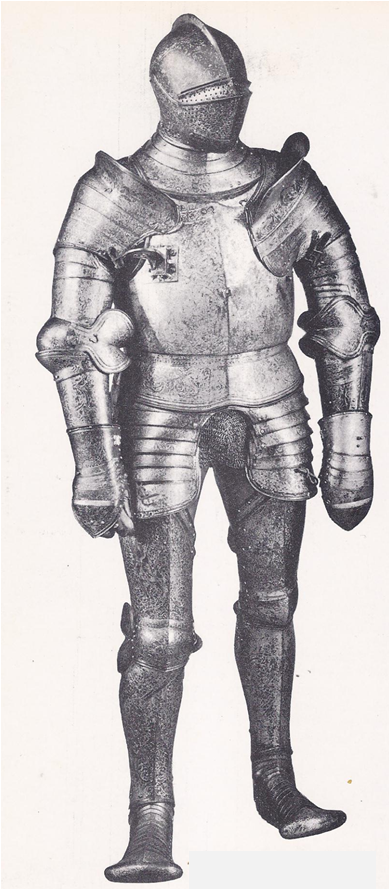The houses of Venice are “like sea-birds half on sea and half on land,” said Cassiodorus. An officer of a king of the Goths, Cassiodorus saw Venice in 537. It was a little settlement of huts built on the mud-flats in an out-of-the-way lagoon. Its people were refugees‚ Italians who had been driven from their homes by a horde of barbaric invaders. They were safe in the lagoon, for no stranger could navigate the treacherous channels. For the sake of safety, they were content with comforts that were simple at best. “In this place,” Cassiodorus said, “rich and poor are alike — they all fill up on fish.” A thousand years later, when Venice had become the richest and most powerful city in Italy, it was still a place of refuge from the wars and turmoil of the mainland. The lagoon was still an unbeatable defense. Instead of streets, there were canals and the city’s mansions, marble palaces and gold-peaked churches still hovered above the water like sea-birds, perched on 117 islands linked by nearly 400 bridges. In every way, Venice belonged to the sea and for many years the sea belonged to Venice. The descendants of the settlers commanded mighty warships that ruled the eastern Mediterranean. With their great merchant galleys, they were the lords of the trade-routes of the Adriatic and Aegean Seas and they sailed the Atlantic to England and Flanders. In the Middle Ages, the Venetians built and manned the hundreds of ships that took the Crusaders to the Holy Land — and they saw to it that the knights captured a few colonies for Venice along the way. Through the years, these colonies multiplied into an ocean empire until even Constantinople, the capital of the old Roman Empire of the East, paid homage to the …
Read More »









